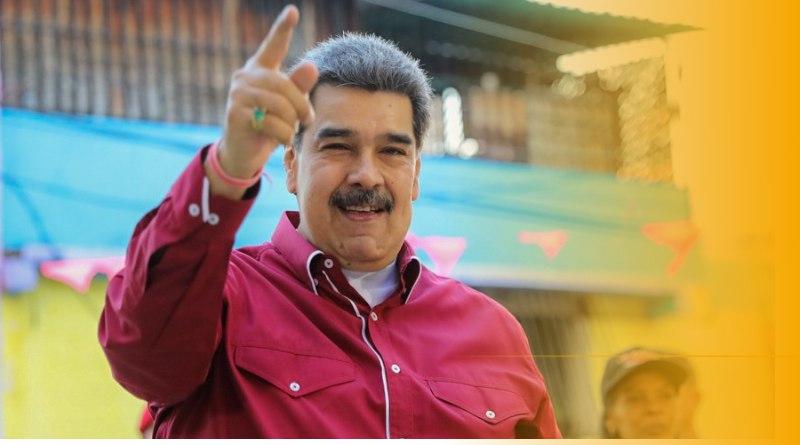Latin America has a representative list of the top 10 most influential political leaders on the Twitter social network, which differs from both Europe and North America, which have two leaders each.
However, Africa is a notable exception, where no world leader ranks in the top 10. This could be because that region has only around 22.3 million Twitter users, a relatively small margin compared to others.
On the contrary, Latin America has a considerable user base of 76.5 million, while North America has some 92.1 million Twitter users.
Based on the results obtained, after carrying out a weighting that included indicators such as tweets, retweets, mentions, reach, impressions, number of ‘likes’ obtained and follower count, was achieved to establish the ranking.
In this sense, the survey points out that the president of the Bolivarian Republic of Venezuela, Nicolás Maduro, at 60 years old, currently has a total of 4.3 million followers on the aforementioned social network, which positions him in the privileged position number 6 of the top 10 ranking worldwide.
According to a press release from the Twiplomacy website (a subsidiary of the BCW global agency), is detailed that, in general terms, the position of many leaders remains stable, which indicates that other statistical drivers performed well; The exception was Indian Prime Minister Narendra Modi, who without the mass following that his population provides, this leader would have fallen 125 steps, meaning he would have finished 126th, would this not be a factor.
The top 10 are also younger, compared to the broader list, with an average age of 58.1, two years younger than the entire ranking.
Among today’s top leaders, a strong pre-existing presence and reach on Twitter goes a long way.
Research also suggests that a large following not only helps politicians secure the top job, but further amplifies and reinforces their influence once they occupy it.
It is noteworthy that this analysis is being carried out with data from last year, which examines the trends that shape digital diplomacy on Twitter during 2022.
